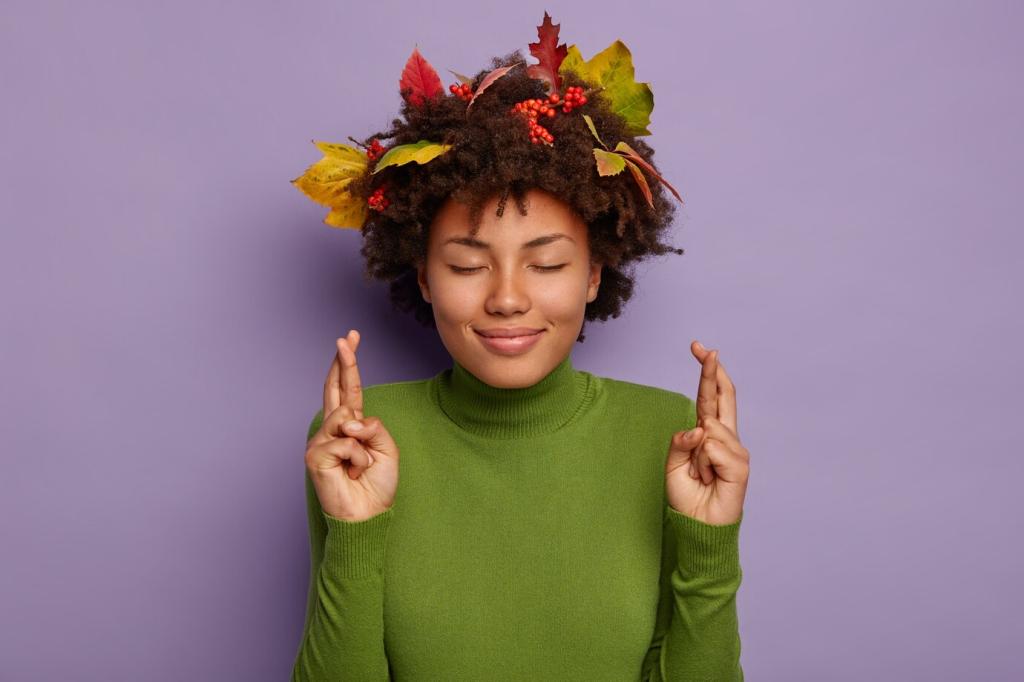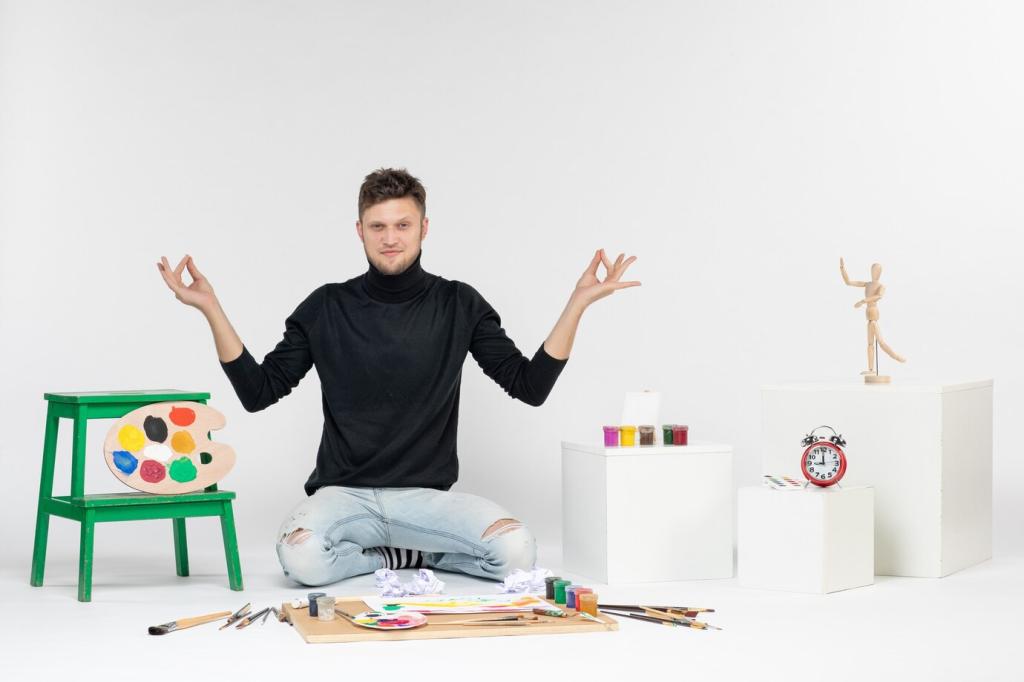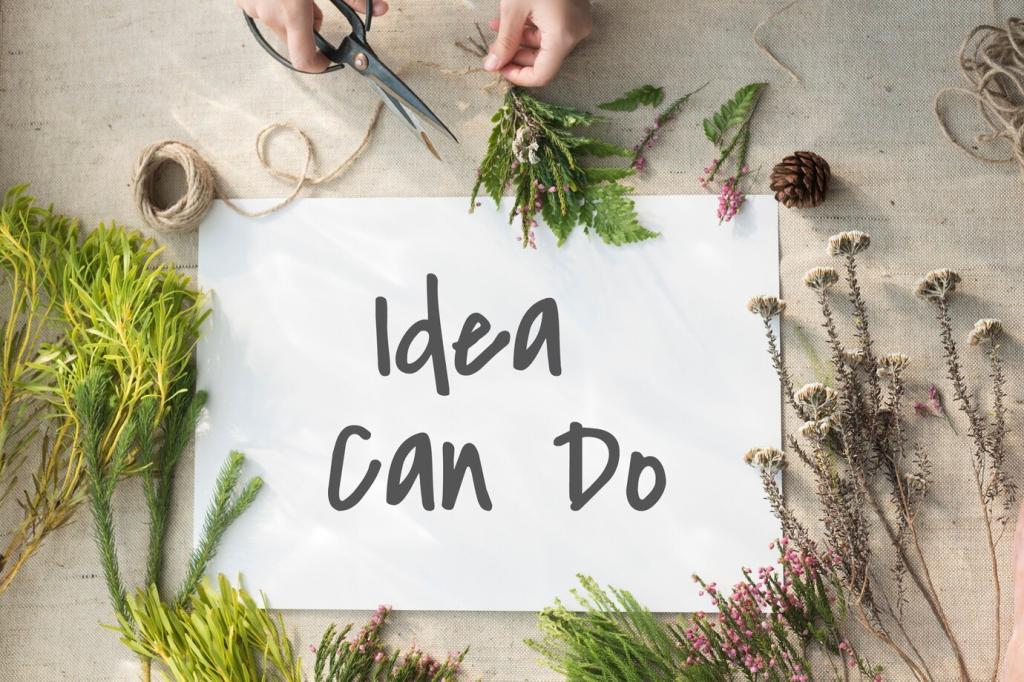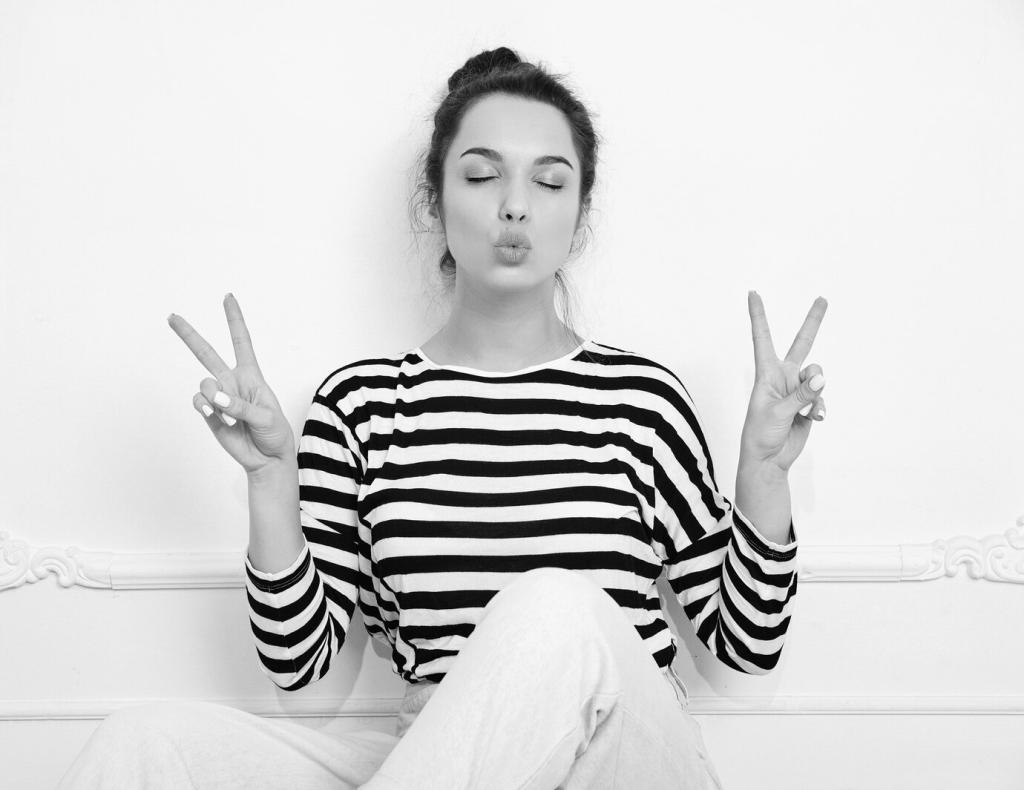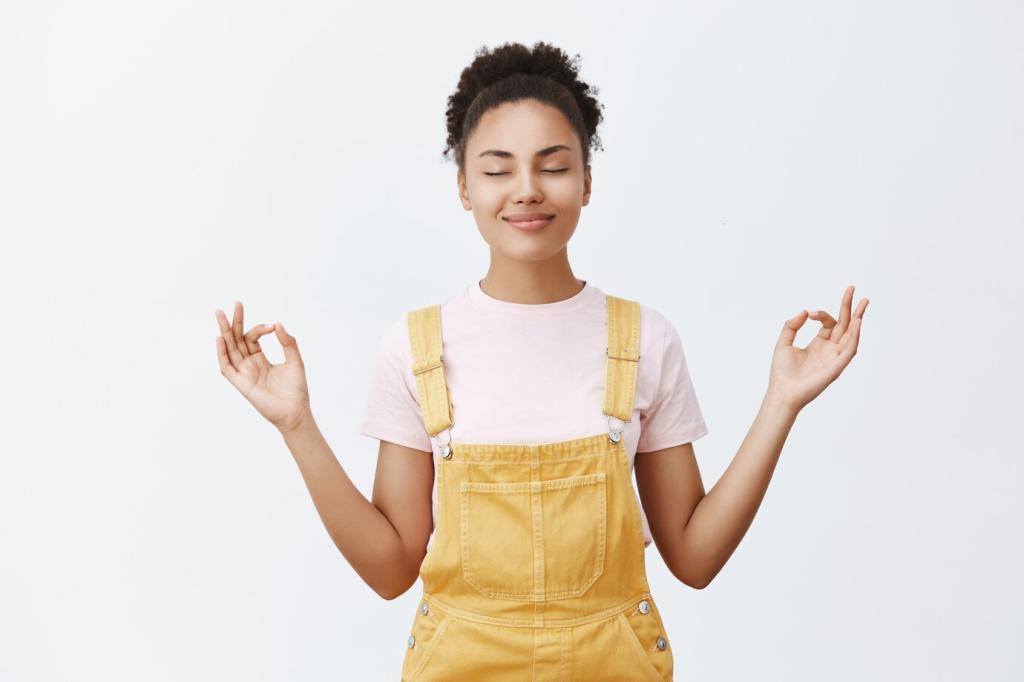Mindful Making for Busy Schedules
While listening, fill page margins with slow patterns that match your breath. Your presence often sharpens as your hand moves, helping you capture essential ideas with surprising clarity.
Mindful Making for Busy Schedules
Take one photo of a texture each day—brick, steam, leaves, or fabric. Later, sketch it loosely, recalling how you felt when you noticed it. Small observations become anchors against overwhelm.

